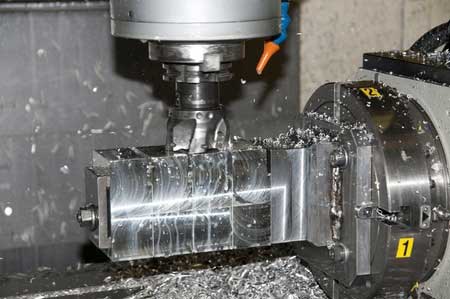
Overheating is an issue within industry, not just for those workers struggling to cope with the increasing temperatures that even a British summer can bring, but for the industry’s machinery too.
Whilst the rising heat and humidity levels create physical discomfort, they represent real danger for the electronic components of machine tools, computers and other shop equipment. Overheating and humidity can cause switch contacts to become oxidized and begin arcing. It can also cause decreased insulation resistance, leading to shorts, loss of conductivity and changes in resistance.
Overheating in a CNC machine shop
Overheating can cause moisture to condense on electronic components resulting in corrosion. Experts believe that if the temperature in a CNC shop is high and the percentage of humidity is moderate, there is still a lot of moisture present. It means shops must control both heat and humidity to prevent electronics from damage.
It is therefore important to keep a CNC machine shop’s temperature and humidity in balance. This can be a genuine challenge, but solved through adequate air exchange, central air conditioning and dehumidifier systems.
It may not always be possible to maintain optimum temperature and humidity in your shop, but the closer you can come to that goal, the better the odds that your electronic devices will have long and healthy lives.
What is CNC Machining
CNC is short for Computer Numerical Control – a method used in modern machining to perform a wide range of associated tasks.
The benefits of CNC Machining are many, so avoiding high humidity is crucial. With the accuracy delivered through CNC Machining, waste is decreased and this minimizes loss and increases profit over costs. CNC machines can quickly produce parts that would normally take multiple steps to manufacture otherwise.
There are safety benefits too. Because the entire fabrication process is automated, the operator is kept out of harm’s way, allowing for a much safer work environment.
Efficiency is also improved as most CNC machines feature internal quality assurance detectors. The minute an error or deficiency is detected in a product, the operation is stopped to prevent further waste of material.
With the efficiency of CNC machining in addition to its speed of production and optimum raw material usage, it’s easy to see why CNC machining is the gold standard of metalworking and part fabrication. Here at PRV Engineering we have a large, well-equipped CNC department comprising 16 machining centres with a wide ranging capacity. All turning centres have a CAD/CAM link to enable the most complex of components to be programmed quickly and efficiently.
In our range of CNC machining centres we have up to (X) 1500mm (Y) 850mm (Z) 750mm with True 4th Axis capability (0.001 Deg. Resolution), Renishaw Probing, Helical Milling and Auto Pallet Change Facilities. Horizontal Machining Centres with up to (X) 650mm (Y) 650mm (Z) 550mm and Auto Pallet Change Facility, Laser Tip Break Detection and Probing.
As with Turning, all our machining centres have True 3D Modelling and an Engraving Facility for die sinking, pattern making and engraving of special purpose tooling and gauges.
Do you have any tips about dealing with heat and humidity in your machine shop?. If so why not post your comment below. If you’ve got any questions about CNC machining work, get in touch.
Image credit: Copyright: morenosoppelsa / 123RF Stock Photo
This site uses Akismet to reduce spam. Learn how your comment data is processed.


 Mail:
Mail: 




Leave a Comments